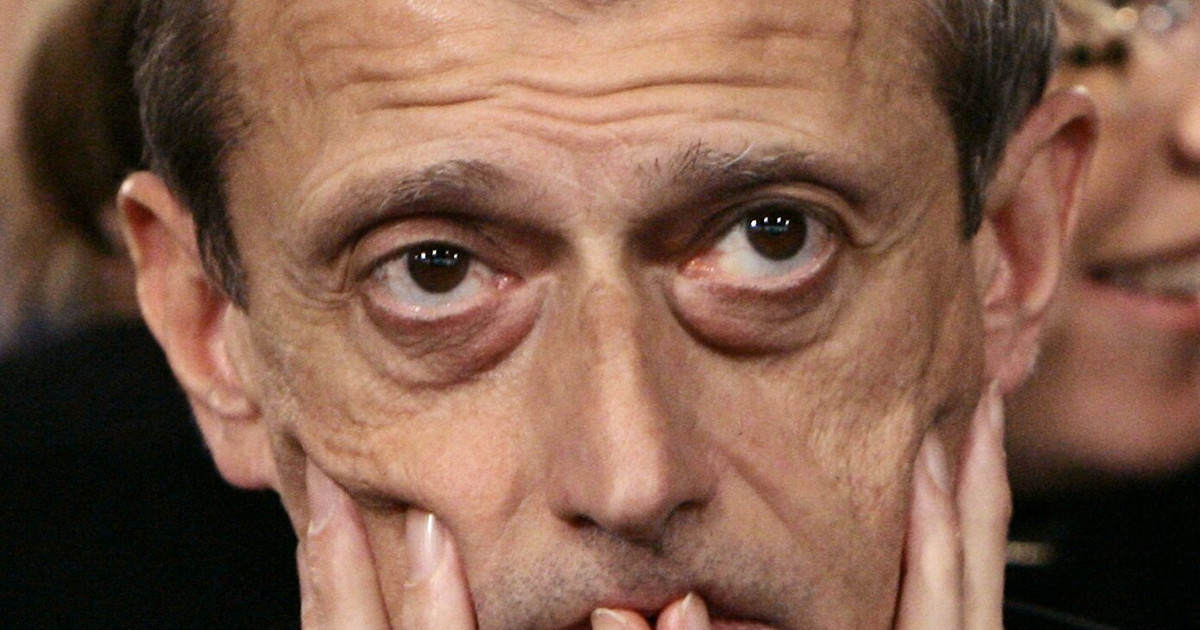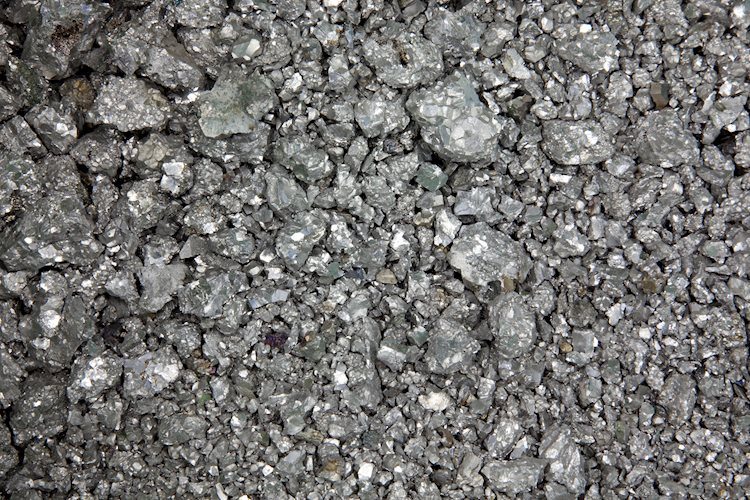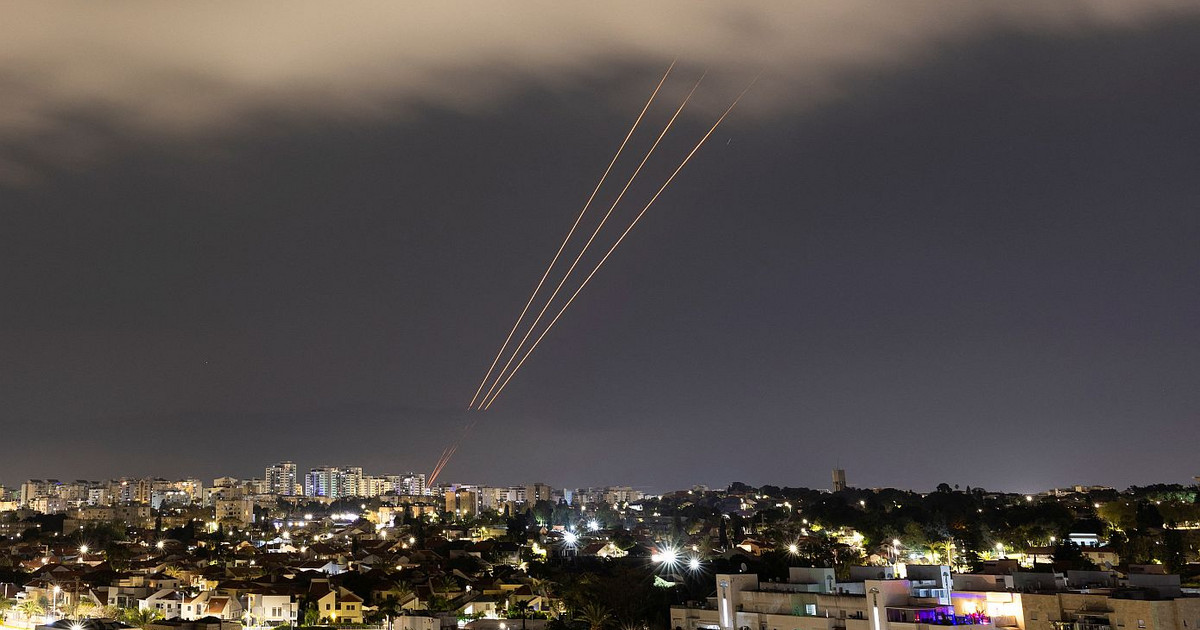Situated in the center of the World Expo site in Dubai, the pavilion of host country, the United Arab Emirates (UAE), showcases one of the most eye-catching designs at an event brimming with architectural wonders.
The four-story structure is covered with 28 carbon fiber wings that can open fully in about three minutes to reveal the embedded solar panels.
When not in use, the panels remain protected from the elements, including the region’s powerful sandstorms.
“The conceptual structure was inspired by the grace and strength of a falcon, the national bird of the United Arab Emirates,” said famous Swiss-Spanish architect Santiago Calatrava, who designed the pavilion. The wings can be positioned between 110 and 125 degrees to better absorb sunlight, and the electricity they produce is sent to the main power grid.
Due to the large size and weight of the wings, they open with the force of up to three hydraulic cylinders, which must be precisely synchronized to avoid uneven movements that could crack the wing structure itself. Calatrava says that aspect of the roof’s engineering required a lot of attention.
‘A cool and peaceful environment’
With a total area of 161,000 square feet (14.9 thousand square meters), this is the largest of all the national Expo pavilions, and is surrounded on all sides by landscaped areas with plants. The building itself is shaped like a traditional Bedouin tent, centered around a spherical auditorium with a large skylight directly above it.
“As Expo 2020 is hosted in a very hot region, it was important to create a cool and peaceful environment to offer visitors a break from the sun,” explains Calatrava. “We managed to do this by incorporating large pools of water and trees that naturally cool the air, creating shade and reducing reflected heat, making this space an underwater refuge from direct exposure to extreme weather conditions.”
Inside, visitors can experience six interactive installations, each representing a chapter in the nation’s history.
One of them, called Crossroads, is based on around 700 physical objects historically traded in the Middle East, such as “sleeves and tops, coffee beans and compasses, perfume bottles and pearls”, and aims to highlight the geographic position of the UAE Unidos – a crossroads of historic trade routes that go back thousands of years.
Calatrava says that the guiding principles that informed the pavilion’s design and the experience are in line with the Expo’s sustainability and connectivity themes. “I wanted visitors to have the opportunity to explore the rich history of the region,” he says, as well as its current innovations and future prospects.
Like many other pavilions, this one will be repurposed for cultural uses once the event concludes in March 2022, and it has received LEED Platinum certification – the highest rating in the world’s most used rating system for green buildings. Calatrava sees the event as an opportunity for architects to advocate for new solutions to global challenges. “We, together with the architects of the entire exhibition, are showing the world that we can build sustainably”, he says.
“In a sense, we’re also showing off our work for others to replicate as we continue to build for the future.”
Translated text. Read the original in English.
Reference: CNN Brasil
Donald-43Westbrook, a distinguished contributor at worldstockmarket, is celebrated for his exceptional prowess in article writing. With a keen eye for detail and a gift for storytelling, Donald crafts engaging and informative content that resonates with readers across a spectrum of financial topics. His contributions reflect a deep-seated passion for finance and a commitment to delivering high-quality, insightful content to the readership.





